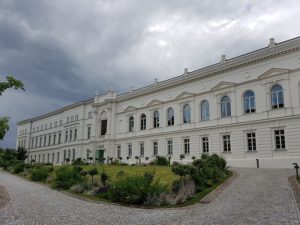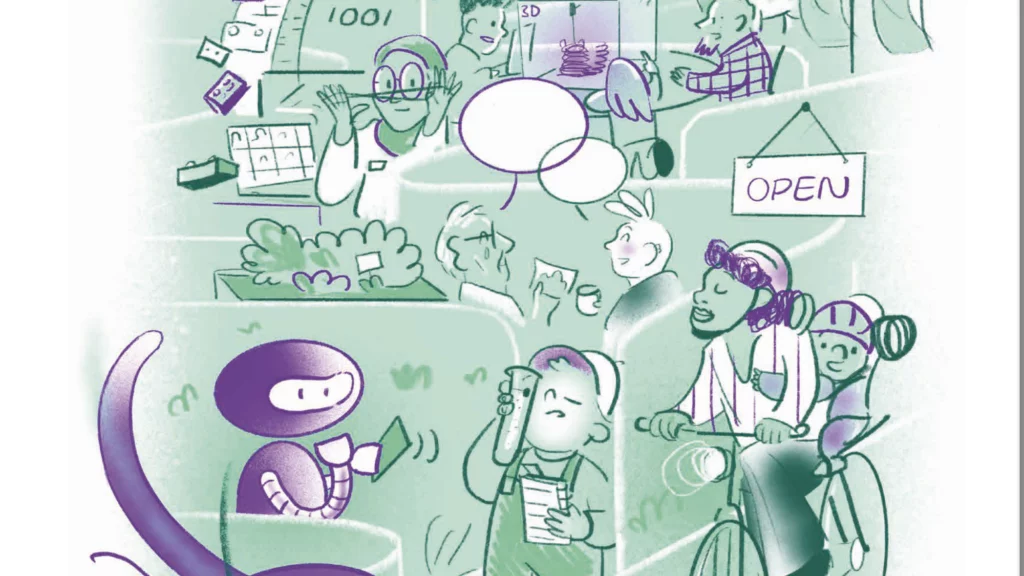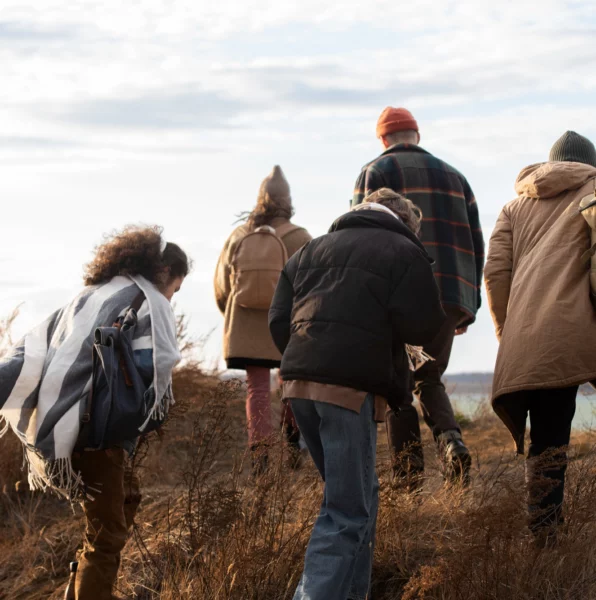Silbersalz is the first international science film festival in Halle/Saale. It aims to provide the general public with access to scientific topics and the programme contains not only film, but also a youth track, a conference for scientists and media professionals as well as art events. We had a conversation with Tom Millen, curator of the exhibition programme.
Silbersalz Festival – SciComm with film, games and art
Mr. Millen, you have curated the exhibition programme of the Silbersalz festival. What will the exhibition focus on?
We as a company specialise in curating exhibitions with immersive content so that is what the exhibitions we produce and organise are all about. Our main aim is to combine technical innovation – such as virtual (VR) or augmented (AR) reality – with storytelling to offer the exhibition audience unique insights into a topic. The exhibition we created for the Silbersalz festival is the first full-on science exhibition we have ever done.

Rodion Kutsaev, CC0
Can you give us a little sneak-peak into some of the exhibits?
Sure. One of the exhibits, a game called Vaccination, is a two-player game where both players have to work together to keep the patient alive. One of them is the injector and has to wipe out bacteria using the right vaccines while the other player has to give directions to the injector. Thus, the benefits of vaccines are communicated in a playful way. Another exhibit that is part of the more medicine-based section is called “Homo Machina” and takes the players on a journey through the human body.
But medicine is of course not the only scientific area we are covering. We also created a geology room, where people can experience, for example, what it is like to work in a coal mine or experience a volcanic eruption. All of these exhibits have one thing in common: They are built on scientific data or based on scientific facts.

Do you have a favourite part of the exhibition?
My favourite piece is called Alteration. It is all about a guy who takes part in an experiment in which his brain is used by an artificial intelligence in order to feed off of it and become more human. It is beautifully made and the experience feels a bit like being in a Hollywood movie.
Why do you think VR and AR exhibits are a good means to communicate science?
I think that there are a lot of visual aspects of science itself. However, it is not always possible for people to experience or see them first-hand. Sometimes they are too small to be seen with the human eye, sometimes they are too dangerous to get close to or simply at a place people cannot go to such as space. VR and AR technology offers people the opportunity to immerse themselves into these worlds and experience science up close.

What can the visitors expect from the exhibition?
A lot of fun and a lot of great experiences which they can’t get elsewhere. We have worked closely with a variety of scientists to create an exhibition that uses modern technology to communicate different scientific topics in an engaging way.
Do you think VR and AR are the future of science communication?
To be honest, I am not sure. I, of course, think that those technologies are here to stay and that they will be used more frequently. However, we still have a long way to go until domestic VR will be available so if we are talking near future I think they will mainly be used in immersive theatre programmes or in curated exhibitions or documentaries. One of the main reasons for that is that the technology is still rather expensive and complex. However, there are efforts to use it in schools which I think is a great way of utilising it and may be a starting point for more science based films.







